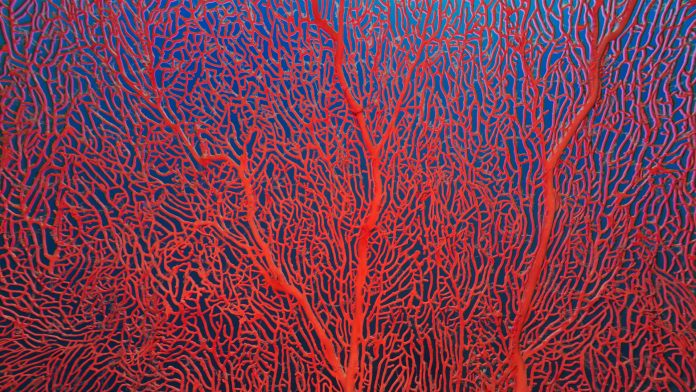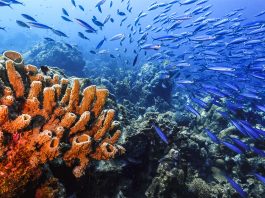Researchers from the Arizona State University, USA, have generated a global coral reef extent map using an Artificial Intelligence (AI) model capable of predicting the location of shallow coral reefs with up to 90% accuracy.
Nearly 75% of the world’s coral reefs are under threat from climate change, overfishing, pollution, and coastal development. Environmentalists have gathered information on the at-risk areas using diver-based observation and satellite imagery, to help researchers estimate the distribution of coral reefs around the world.
Researchers at Arizona State University used convolutional neural networks (CNNs), an advanced AI approach, and thousands of satellite images to create the new global map of shallow coral reefs. The satellite images used in this study were taken by Planet, a satellite research organisation that obtains daily coverage of the Earth’s landmass and its coral reefs at a 3.7-metre resolution. This continuous stream of imagery yields a massive amount of data. Using CNNs and Arizona State University’s supercomputer, the team was able to analyse the data and extract the locations of shallow reefs.
The maps are openly available through the Allen Coral Atlas, a collaborative partnership between Arizona State University, Vulcan Inc., Planet Inc., University of Queensland, and the National Geographic Society to map and monitor the world’s coral reefs in unprecedented detail.
First author, Jiwei Li, of Arizona State University’s Center for Global Discovery and Conservation Science, said: “The new map represents our best estimate of the location of shallow coral reefs on the planet and it guides the next steps including our ongoing collaboration to map the composition of these reefs and their changing health over time.”
The team’s paper, published in Coral Reefs, indicates that these new maps can be used with other global maps or datasets to create derived data or analytic products. Some immediate uses of the map at the Allen Coral Atlas include determining where to monitor for coral bleaching, a global phenomenon driven by ocean warming.
Greg Asner, co-author of the study and ASU’s Allen Coral Atlas lead explained: “This first-ever AI-driven map of the world’s coral reefs are just a drop in the bucket compared to what we have coming out over the next year and beyond.
“The partnership is already rolling out much more detailed reef composition maps on a region by region basis, and we are preparing to launch a global reef monitoring system that detects bleaching. These and other large-scale marine technology innovations are already helping conservation, management and resource policy specialists make decisions. That’s our big picture goal.”









